- What Does Access Violation Mean on Windows 10?
- How to Resolve the Exception Access Violation Error on Windows 10
- Add Data Execution Prevention Exception
- Disable User Account Control
- Make Sure the Affected Software Isn’t Set as Read-only
- Run the Problematic Program in Compatibility Mode
- Check Your RAM for Corruption
- Create an options.ini file
- Troubleshoot Your Hardware
- Reinstall the Problematic Software
- Conclusion
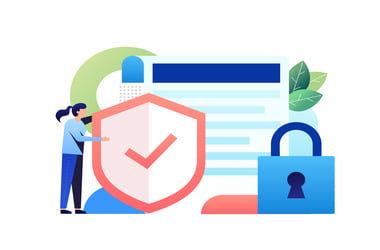
Some software programs may not launch normally if your computer has corrupted software or memory. Anytime your access is denied, you will usually receive an access violation error, which usually reads, “Exception_Access_Violation.” In most cases, it comes with an error code or address.
Malware infections and faulty hardware may cause the Exception_Access_Violation issue. Improper file settings and compatibility errors may also result in the problem.
If you’re looking for ways to fix the Exception_Access_Violation error on Windows 10, this article will help you.
What Does Access Violation Mean on Windows 10?
“Access Violation at Address” errors can happen on every version of Windows, including Windows 10. If you see this message, it means the software you’re trying to run is attempting to access a protected memory address. It appears in the form of a pop-up window that prevents PC users from using particular programs.
The error could also be showing up due to a faulty system file, malfunctioning hardware, or malware infection.
The thing is, the Exception Access Violation error almost always occurs in any application. Many users have reported encountering the issue while running JAVA, Visual Studio, and antivirus applications. It even appears while operating certain games such as World of Warships, Overwatch, and Minecraft.
How to Resolve the Exception Access Violation Error on Windows 10
Perform a Malware Scan
If your computer is heavily infected with malware, it can corrupt your memory system and cause this error to appear. You should perform a thorough and detailed security scan if you have noticed suspicious behavior on your computer.
Occasionally, the Windows built-in antivirus software may not find anything. So, you might want to try another option such as Auslogics Anti-Malware. This tool can identify a potential malware infection that was ignored by your primary antivirus.
If malware isn’t the problem, we recommend scanning your system using a PC optimization tool such as Auslogics BoostSpeed. BoostSpeed’s cleaning module is designed to clean all types of PC junk. It safely removes temporary system and user files, problematic system files, leftover Windows Update files, temporary Sun Java files, and other elements that may slow down your PC and cause many issues.
Some registry anomalies, such as empty keys, do not typically pose any issues until they accumulate over time. They can become extremely complicated, rendering your computer useless. This is why we recommend using the Registry Cleaner in BoostSpeed. Experts consider it one of the safest tools for eliminating all those annoying glitches and crashes once and for all.
Update Windows
Updating Windows can resolve the “Access Violation at Address” issue by providing bug fixes, security patches, and updated system files that might solve compatibility issues or repair problematic system files causing the error.
Here’s a detailed step-by-step guide on how to update Windows 11:
1. Open the Settings app:
a. Press the Windows key or click the “Start” button.
b. Click on the “Settings” icon, which looks like a gear, to open the Settings app.
2. Access the Windows Update settings:
a. In the Settings app, click on the “Windows Update” tab located in the left-hand pane.
b. You should now see the Windows Update settings on the right-hand pane.
3. Check for updates:
a. Click the “Check for updates” button. Windows will start searching for available updates.
b. If there are updates available, Windows will automatically begin downloading and installing them. This process may take some time, depending on the number of updates and your internet connection speed.
4. Review optional updates (if applicable):
a. Click on “Advanced” and select “Optional Updates.”
b. Here, you can see and select additional updates, like driver updates or non-critical feature updates. Check the boxes next to the updates you wish to install.
c. Click the “Download and install” button to begin the installation process.
5. Restart your computer:
a. After the updates have been installed, you may be prompted to restart your computer to apply the changes. Save any open work and close all programs.
b. Click on the “Restart now” button or follow the on-screen instructions to restart your computer.
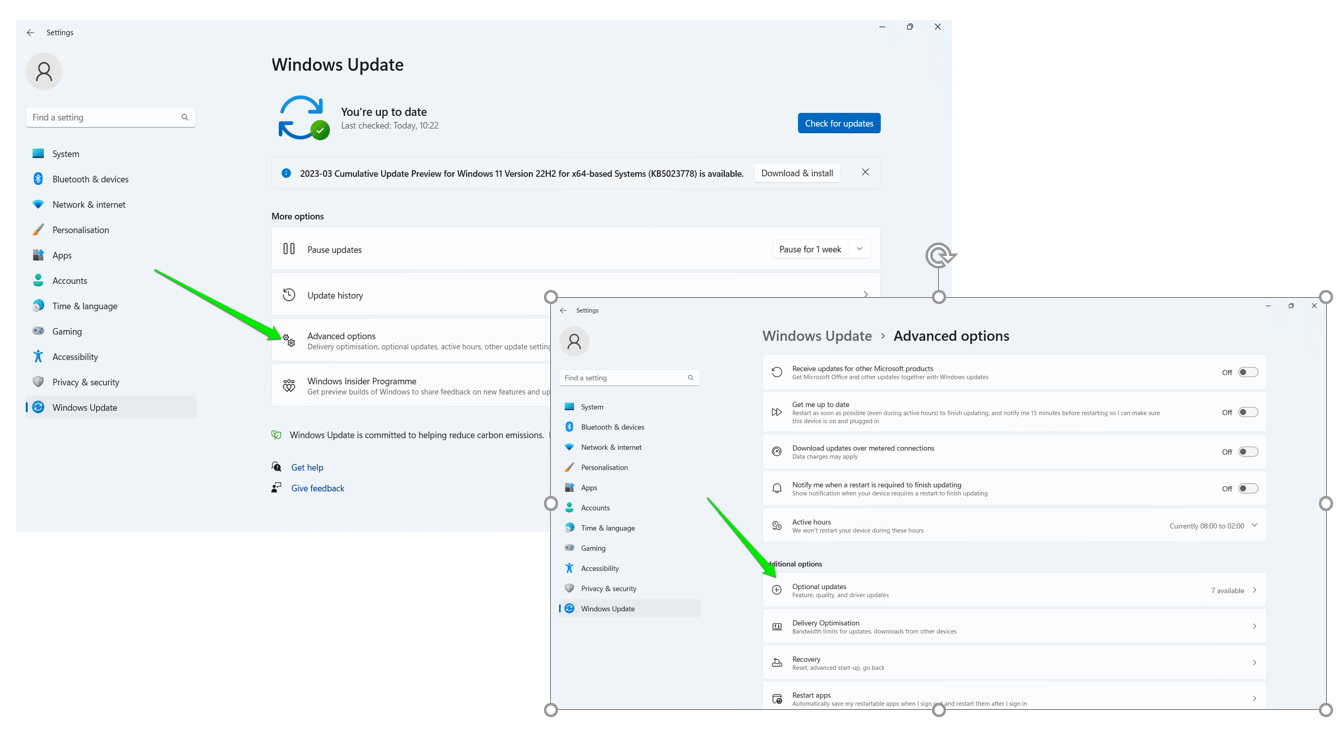 Follow these steps to update Windows 10:
Follow these steps to update Windows 10:
- Open the “Settings” app and click on “Update & Security.”
- Click on “Check for Updates” under the “Windows Update” page.
- Click on “View Optional Update” to select “Feature, Quality, and Driver Updates”, depending on your preference.
- Allow the update client to download and install the updates. You may be required to restart your computer to complete the process.
Sometimes installed Windows Updates can cause issues. If you’re experiencing any update-related glitches, follow these tips.
Add Data Execution Prevention Exception
It’s possible to add the problematic program to a data execution prevention exception list if there’s no malware on your computer. This will let you run the program regardless of the “Access Violation at Address” error.
- Input “Control Panel” (without the quotes) in your Windows Search bar and launch the app.
- Scroll down and click on “System.”
- In the left pane, click on “Advanced System Settings.”
- Follow these steps to open the “Advanced System Settings” dialog in Windows 11: a) Open the “Settings” app, scroll down under “System”, and click on “About”. b) Click on “Advanced System Settings” under the “About” page.
![access. violation]()
- In the “Advanced tab”, click on “Settings” under the “Performance section.”
- In the “Performance Options” window, click on the “Data Executive Prevention” tab.
- Tick the “Turn on DEP for all programs and services except those I select” option, then click on the “Add” button and find your program’s .exe file.
- Add it to the list, click on “Apply”, and then on “Okay” to save the changes.
Try running the problematic program again to see if you still get the Access Violation at Address error.
Disable User Account Control
You are more likely to encounter the Access Violation at Address problem if you are trying to install or run a Java-based application. If this is the case, you can temporarily disable User Account Control to fix the problem.
- In your Windows search bar, enter “Control Panel” (without the quotes) and launch the app.
- Scroll down and click on “User Accounts.”
- Click on “User Accounts” again.
![access violation]()
- In the right pane, click on “Change User Account Control settings.”
- Move the slider down to “Never Notify” and click “OK.”
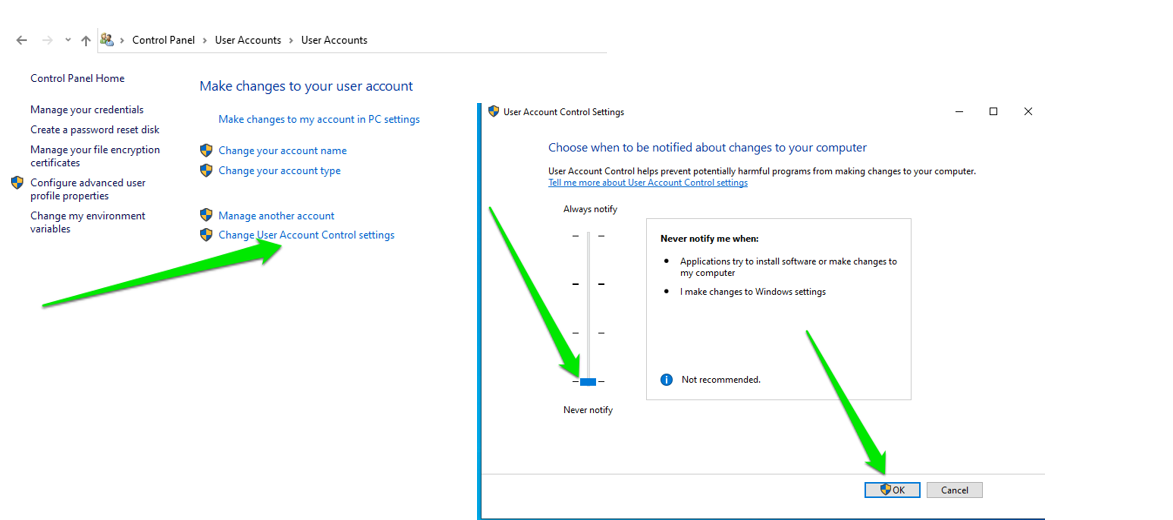
Try running the affected program again to see if the problem has been resolved. After you run your program, remember to enable your user account settings.
Make Sure the Affected Software Isn’t Set as Read-only
You won’t be able to launch or run a program effectively if it’s in read-only mode. Here’s how to check and fix it:
- Locate the affected program’s shortcut on your desktop and right-click on the file.
- From the menu, select the “Properties” option.
- Go to the General tab, locate the “Attributes” section and make sure the read-only option is not checked.
- Click on “Apply”, then on “OK” to save changes.
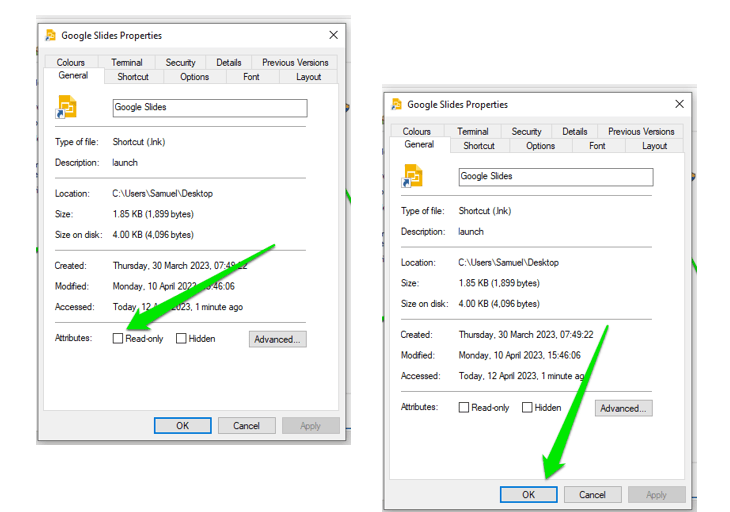
Run the Problematic Program in Compatibility Mode
The reason you are receiving an Exception Access Violation error message on your PC could be due to compatibility issues. Some older programs that you are trying to run may not be compatible with newer operating systems like Windows 10.
Nevertheless, your operating system has a feature called Compatibility Mode that lets you run older applications. If you encounter this problem with an application, you can enable Compatibility mode.
- Locate the affected program’s shortcut on your desktop and right-click on the file.
- From the menu, select the “Properties” option.
- In the Properties menu, select the Compatibility tab.
- Select the “Run this program in compatibility mode” checkbox, then select an older Windows version from the drop-down menu.
![access violation]()
- Click on “Apply” and “OK” to save changes.
Run the problematic program again to see if you still get the Access Violation at Address error.
Run the System File Checker and DISM Tools
Running the SFC and DISM tools can help fix system file corruption issues that might be causing the “Access Violation at Address” error. These tools can replace the corrupt or missing Windows system file that may be triggering other errors, such as BSODs.
To run the System File Checker (SFC) tool, follow the detailed steps below:
1. Open Command Prompt as an Administrator:
a. Right-click on the “Start” button or press the “Windows key + X.”
b. Select “Windows Terminal (Admin)” or “Command Prompt (Admin)” from the context menu.
c. If prompted by User Account Control, click “Yes” to grant the necessary permissions.
2. Run the SFC tool:
a. In the “Command Prompt” window, type “sfc /scannow” and press “Enter.”
b. The System File Checker will begin scanning your system for corrupted files. This process might take some time, so be patient.
c. If SFC finds any corrupted files, it will attempt to repair them automatically.
3. Restart your computer: Once the scan and repair process is complete, restart your computer to apply the changes.
In some cases, the SFC tool may not be able to fix the corrupted files. In such situations, you can use the Deployment Image Servicing and Management (DISM) tool to repair the Windows system image. Follow these steps to use the DISM tool:
4. Open Command Prompt as Administrator (follow the steps mentioned in the previous section).
5. Run the DISM tool:
a. In the Command Prompt window, type “DISM /Online /Cleanup-Image /RestoreHealth” and press Enter.
b. The DISM tool will connect to Windows Update to download and replace any damaged files in your system image. This process may take some time, so be patient.
c. Once the process is complete, you’ll see a message stating that the operation was completed successfully.
6. Run SFC tool again: After running the DISM tool, run the SFC tool again by typing “sfc /scannow” in the Command Prompt window and pressing Enter. This time, the SFC tool should be able to fix any remaining corrupted files.
7. Restart your computer: Once both tools have completed their tasks, restart your computer to apply the changes and resolve the issue.
Check Your RAM for Corruption
You may encounter this Access Violation at Address error if you previously had a malware infection that caused damage to parts of your RAM.
You can check your RAM for corruption using the following steps:
- Input “Windows memory diagnostic” (without the quotes) in your Windows Search bar and launch the program.
- Click on the “Restart now and check for problems” option.
- Just let the program run and wait for its results.
You should replace your RAM if it is corrupted.
Create an options.ini file
If Lord of The Rings: Battle for Middle Earth is the program giving the EXCEPTION_ACCESS_VIOLATION error, follow the steps below:
- Use the “Win + R” shortcut to launch the Run box.
- Input “%appdata%” (without the quotes) and click Enter.
- In the folder, create an options.ini file if it doesn’t exist there.
- Right-click on an empty space in the folder, and choose New > Text Document.
- Paste the following lines into the Text Document:
AudioLOD = Low
HasSeenLogoMovies = yes
IdealStaticGameLOD = VeryLow
Resolution = 800 600
StaticGameLOD = VeryLow
TimesInGame = 1
- Now, select File > Save as.
- Choose All Files and enter the options.ini in the File name section.
- Select the AppData > My Battle for Middle Earth Files folder as the saving location and click Save.
Troubleshoot Your Hardware
Many Windows users have had success in fixing the Access Violation at Address error by resolving their hardware issues. Simply follow the steps below:
- Use the “Win + I” shortcut to launch the Settings app.
- Click on “Update & Security.”
- In the left pane, click on “Troubleshoot.”
- Next, click on “Additional Troubleshooters.”
![access violation]()
- Choose the piece of hardware you want to troubleshoot and follow the on-screen instructions to run the troubleshooter.
![access violation]()
- Follow the on-screen instructions to run the troubleshooter.
Run the problematic program again to see if you still get the Access Violation at Address error.
Reinstall the Problematic Software
If you get the Access Violation at Address error when running a certain application, try reinstalling the affected program. There is a good chance that parts of the app you are trying to run have been damaged from crashes or improper saves. Perhaps, a buggy update has caused issues.
To remove the affected program, follow these steps:
- Use the “Win + I” shortcut to launch the Settings app.
- Click on “Apps.”
- Locate the problematic application from the list and click on “Uninstall.”
- Follow the usual procedure for installing the affected program.
If you’re running Windows 11, you can search for the app in the Start menu, right-click it, and select Uninstall.
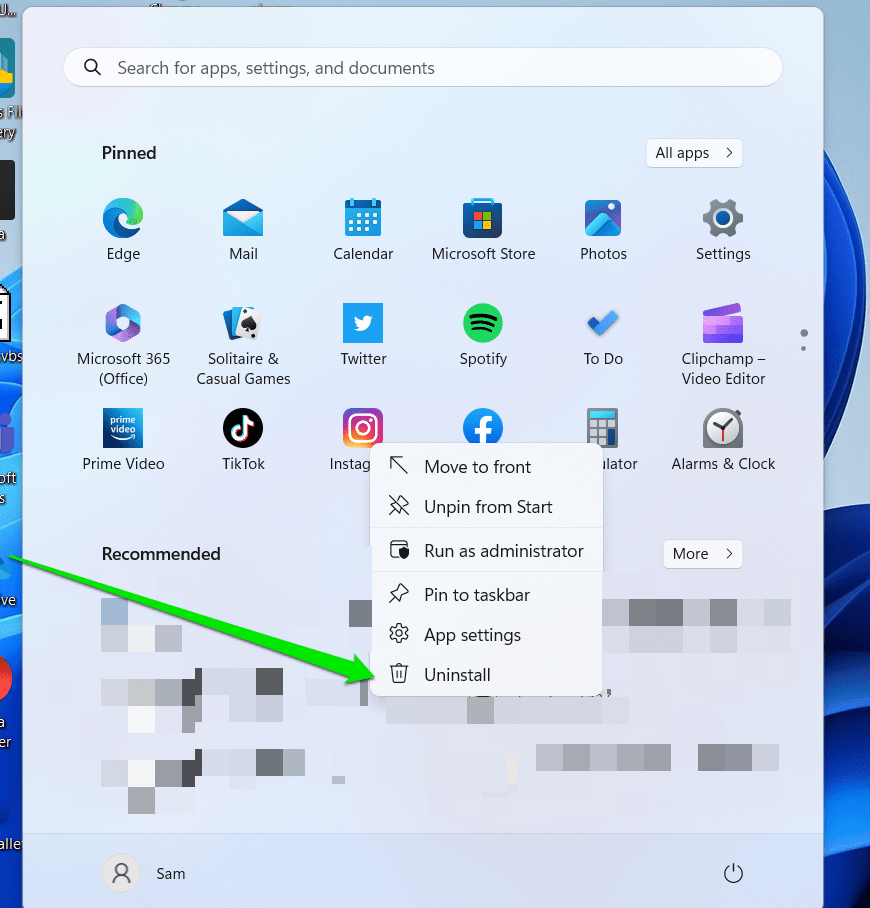
Conclusion
There you have it—solutions to fix your “Access Violation at Address” problems on Windows 10. Feel free to use the comment box below to share which method helped you get rid of the error.
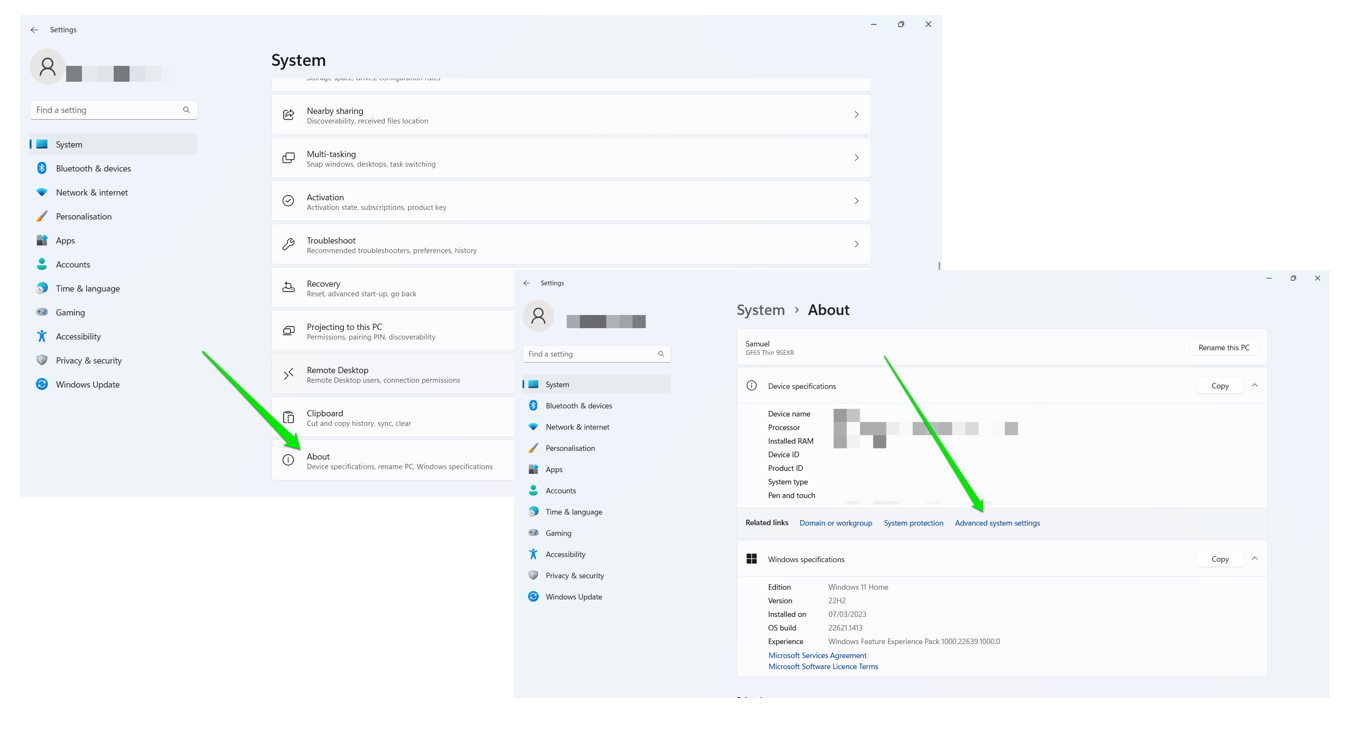
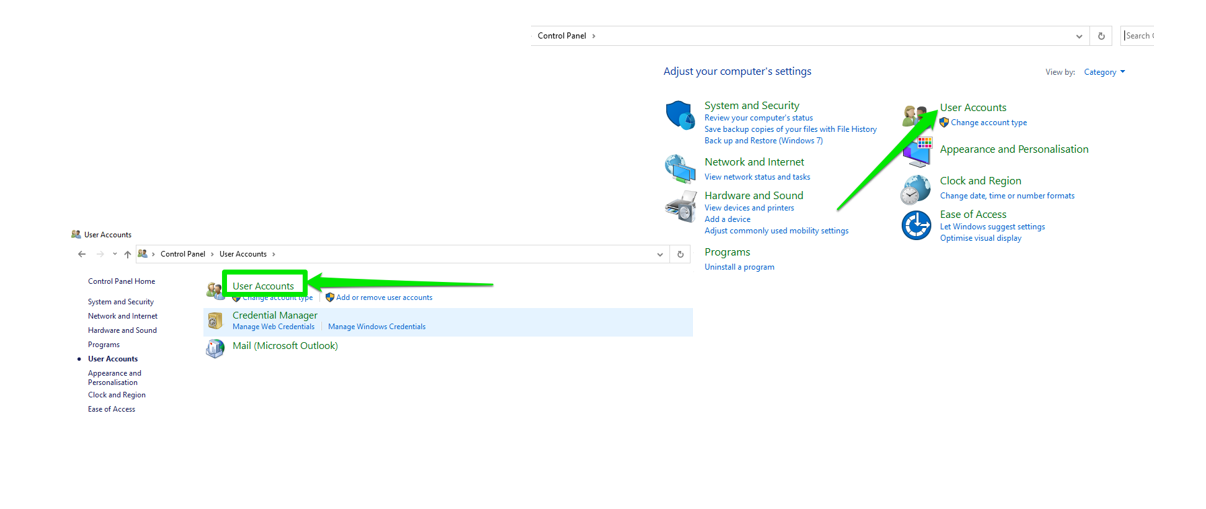
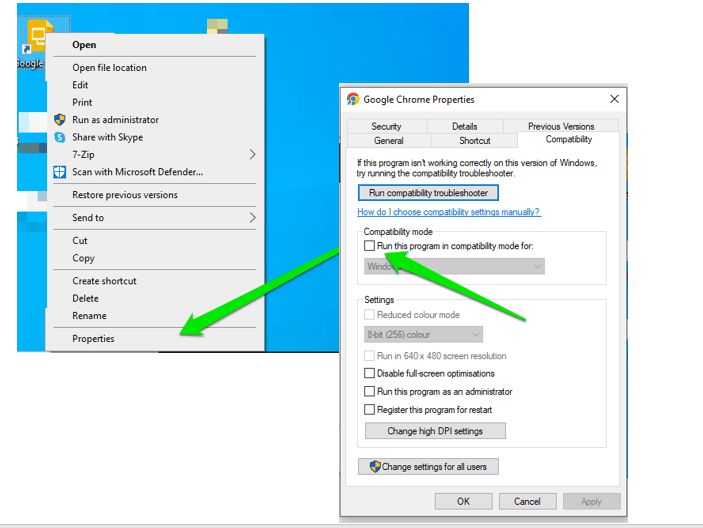
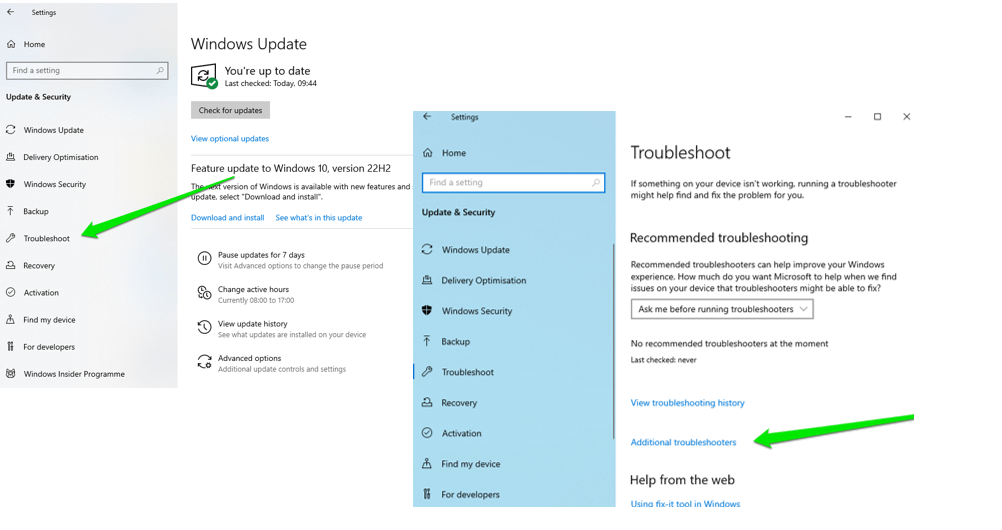
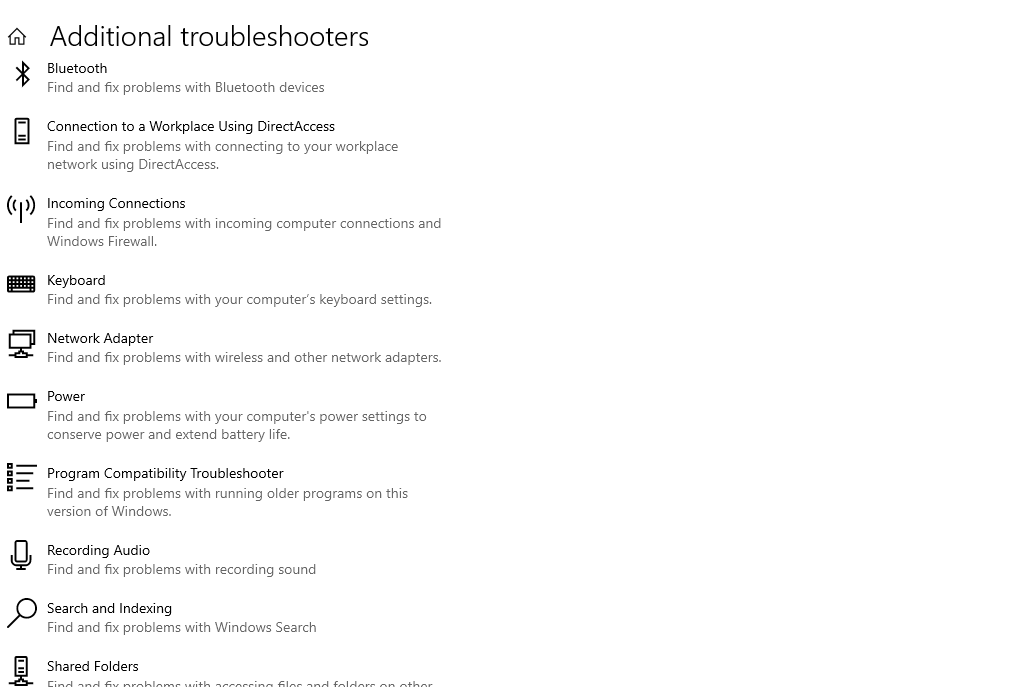





 Done! Great to see you among our subscribers!
Done! Great to see you among our subscribers!